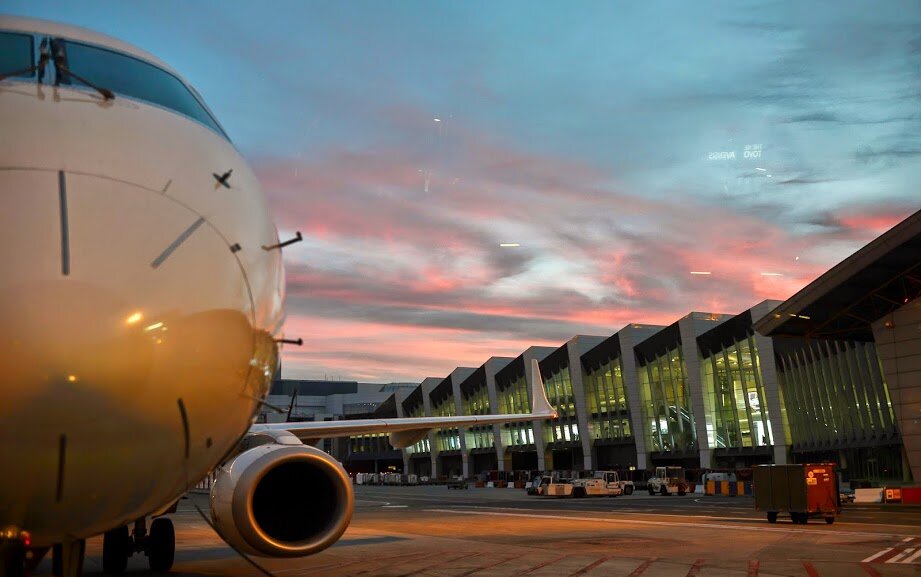Published Articles

Thailand Aviation: What Happened to It?
In our growth markets series, we covered China, Turkey, Australia, Indonesiaand South East Asia Aviation. Today, we take a look at Thailand.Last year, Thai Airways announced it was axing the Bangkok-Los Angeles route, in a move that put an end to 35 years of service to the US. Rome and LAX were two loss-making routes reported to be costing the airline $3 million a year. After a net loss of $445 million in 2014, Thai Airways’ debt skyrocketed to $5.9 billion, the highest among Southeast Asian airlines.
Once admired for its dream of competing with the likes of Singapore to become Southeast Asia’s global hub, Thailand has seen things changing fast. From the delivery of its flag carrier’s first A380 to the red stamp received by ICAO last year, Thailand seems to have lost its edge. Or has it? After all, Thailand’s airports have doubled traffic in six years, and carriers are ramping up with aggressive plans for expansion.

Introduction to Airport Planning: The Master Plan
On January 1st, 1914. Abram Pheil became the 1st scheduled passenger in aviation history when he travelled between St. Petersburg and Tampa on a two-seater: Benoist XIV. More than 100 years have passed since, and aviation has bloomed as a whole new industry that connects and globalizes the world. According to ICAO, by 2010 there were more than 25,000,000 aircraft movements around the world transporting around 2.8 billion passengers. Certainly a leap compared to 1914. And it keeps on going.Aviation has constantly grown twofold every 15 years, indicating that by 2030, there will be around 6 billion passengers transported through air in the world. As aircrafts become larger, deregulation worldwide increases, and aircraft numbers climb across; there is a big question mark left to answer: How do airports adapt to all this growth?
